Rising Pet Ownership Rates
The market is experiencing growth due to the increasing rates of pet ownership in the United States. As more households adopt pets, the demand for veterinary services, including laboratory testing, rises correspondingly. According to recent statistics, approximately 67% of U.S. households own a pet, which translates to over 85 million families. This surge in pet ownership has led to a heightened awareness of pet health, prompting owners to seek regular veterinary check-ups and diagnostic testing. Consequently, the veterinary laboratory-testing market is likely to expand as pet owners prioritize preventive care and early diagnosis of health issues. This trend indicates a robust market potential, as the expenditure on pet healthcare is projected to reach $32 billion by 2025, further driving the need for laboratory testing services.
Growing Awareness of Animal Health
The veterinary laboratory-testing market is bolstered by the growing awareness of animal health among pet owners and veterinarians alike. As public knowledge regarding zoonotic diseases and the importance of regular health screenings increases, there is a corresponding rise in demand for laboratory testing services. Educational campaigns and outreach programs have contributed to this heightened awareness, encouraging pet owners to prioritize their animals' health. This trend is reflected in the increasing number of veterinary visits, with an estimated 80 million annual visits reported in the U.S. The emphasis on preventive care and early detection of diseases is likely to drive the veterinary laboratory-testing market, as more pet owners seek comprehensive health assessments for their animals.
Advancements in Diagnostic Technologies
The veterinary laboratory-testing market is significantly influenced by advancements in diagnostic technologies. Innovations such as polymerase chain reaction (PCR) testing, enzyme-linked immunosorbent assays (ELISA), and next-generation sequencing are enhancing the accuracy and speed of diagnostic results. These technologies enable veterinarians to identify diseases more effectively, leading to timely interventions. The market for veterinary diagnostics is projected to grow at a CAGR of 8.5% from 2021 to 2026, indicating a strong demand for sophisticated testing methods. As veterinary practices adopt these advanced technologies, the veterinary laboratory-testing market is likely to benefit from increased testing volumes and improved patient outcomes. This trend suggests that the integration of cutting-edge diagnostic tools will play a crucial role in shaping the future landscape of veterinary healthcare.
Increased Investment in Veterinary Research
The veterinary laboratory-testing market is likely to benefit from increased investment in veterinary research and development. Funding from both public and private sectors is directed towards advancing veterinary medicine, which includes the development of new diagnostic tests and treatments. Research initiatives aimed at understanding animal diseases and improving diagnostic accuracy are gaining traction, leading to innovative solutions in the veterinary field. The U.S. veterinary research funding is projected to reach $1 billion by 2026, reflecting a commitment to enhancing animal health. This influx of investment is expected to drive the veterinary laboratory-testing market, as new technologies and methodologies emerge, ultimately improving the quality of veterinary care and diagnostics.
Regulatory Changes and Compliance Requirements
The veterinary laboratory-testing market is affected by evolving regulatory changes and compliance requirements. The U.S. government has implemented stringent regulations to ensure the safety and efficacy of veterinary diagnostics. These regulations necessitate that laboratories adhere to specific standards, which can influence the operational costs and testing capabilities of veterinary practices. Compliance with these regulations is essential for maintaining accreditation and ensuring the reliability of test results. As veterinary laboratories invest in meeting these standards, the market may experience a shift towards more reliable and accurate testing services. This regulatory landscape indicates that the veterinary laboratory-testing market will continue to adapt to ensure compliance while striving to enhance the quality of care provided to animals.


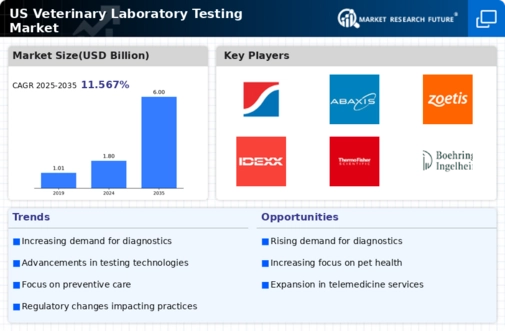

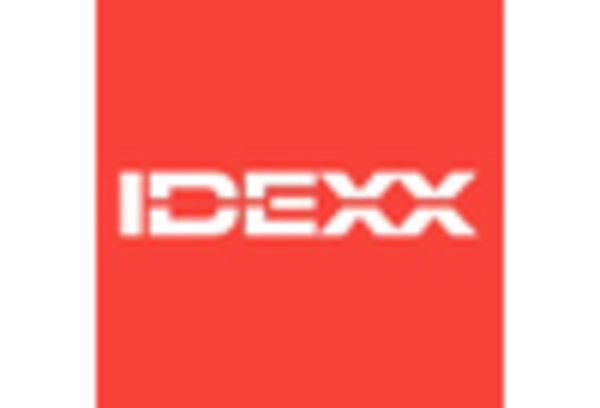
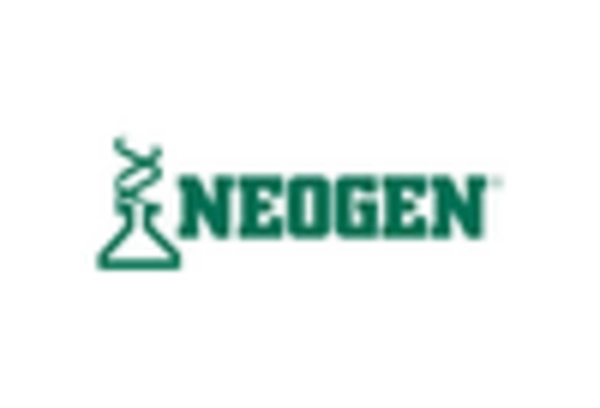

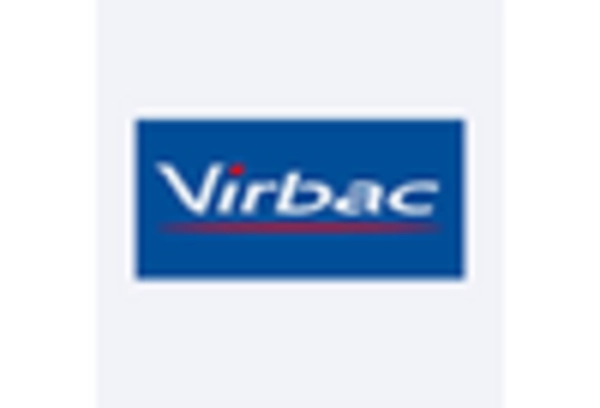
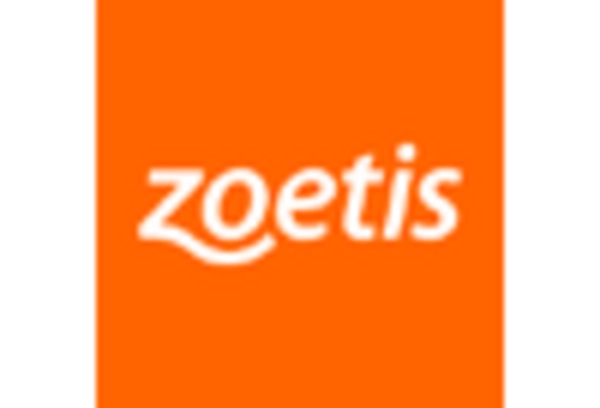








Leave a Comment